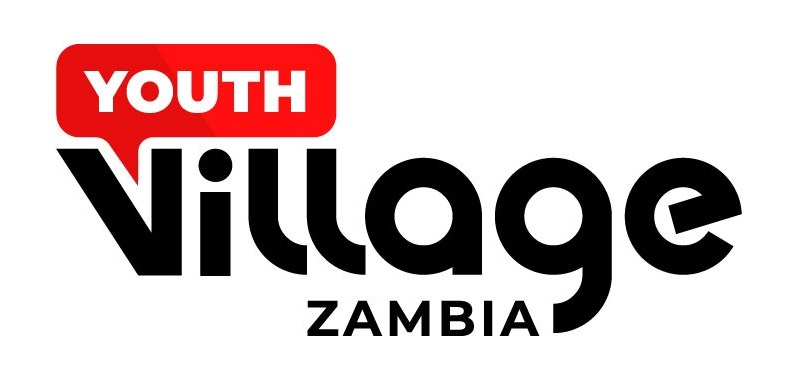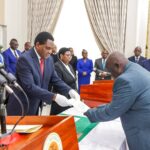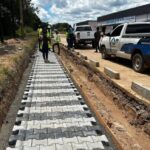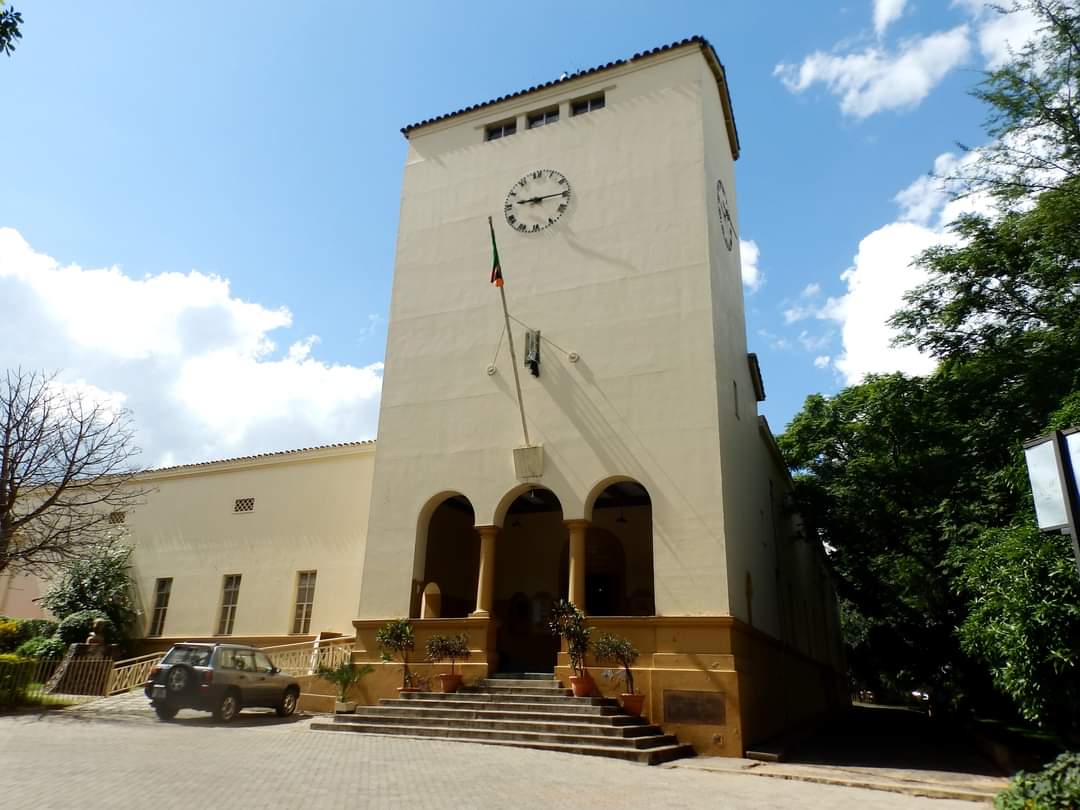Zambia, with its deep historical roots and diverse cultural heritage, offers a treasure trove of sites that reveal the country’s fascinating past. From ancient rock art to colonial relics, here are ten must-visit historical sites in Zambia:
1. Chisimba Falls
Chisimba Falls is not only a scenic natural attraction but also holds historical significance. It is believed to be a sacred site for the Bemba people, with cultural rituals and ceremonies still occasionally held here. The falls are surrounded by lush vegetation and offer a tranquil setting for reflection.
2. Victoria Falls Bridge
Spanning the Zambezi River gorge, the Victoria Falls Bridge is an iconic engineering marvel. Built in 1905 during the colonial era, this bridge connects Zambia and Zimbabwe and offers stunning views of Victoria Falls, making it both a historical and scenic landmark.
3. Livingstone Museum
Named after the famous explorer David Livingstone, the Livingstone Museum in Livingstone city is Zambia’s largest and oldest museum. It houses a diverse collection of artifacts, exhibits, and ethnographic displays that chronicle Zambia’s cultural heritage, colonial history, and the life of David Livingstone himself.
4. Kuomboka Ceremony
The Kuomboka Ceremony, held annually by the Lozi people in Western Zambia, is a vibrant cultural event with deep historical significance. It commemorates the traditional journey of the Litunga (Lozi King) from the floodplains to higher ground during the rainy season, symbolizing resilience and unity among the Lozi people.
5. Chaminuka Rock Art Site
Located near Kasama in northern Zambia, the Chaminuka Rock Art Site is renowned for its ancient rock paintings. Dating back thousands of years, these artworks depict scenes of hunting, rituals, and daily life, offering a glimpse into the beliefs and practices of Zambia’s early inhabitants.
6. Kasanka National Park
Kasanka National Park is not only a haven for wildlife but also home to the ancient Mbala Mboole Stone Age site. This archaeological site contains remnants of stone tools and artifacts used by early human populations, providing insights into Zambia’s prehistoric past.
7. Mumbwa Caves
The Mumbwa Caves, located near the town of Mumbwa, feature rock shelters adorned with ancient rock art. These paintings, created by Zambia’s early inhabitants, depict animals, human figures, and geometric patterns, serving as a testament to the region’s rich cultural heritage.
8. Shiwa Ng’andu
Shiwa Ng’andu, or the “Lake of the Royal Crocodiles,” is a historic estate in northern Zambia. Built in the early 20th century by Sir Stewart Gore-Browne, this colonial mansion and its grounds offer a glimpse into Zambia’s colonial past and the fascinating life of its eccentric founder.
9. Kabwe Skull
Known as the “Broken Hill Skull,” the Kabwe Skull is one of the most important archaeological discoveries in Africa. Discovered in 1921 in Kabwe (formerly Broken Hill), this fossilized human skull dates back about 300,000 years, providing crucial insights into early human evolution and migration patterns.
10. Copperbelt Museum
Located in Ndola, the Copperbelt Museum showcases the history and significance of Zambia’s copper mining industry. Exhibits include mining artifacts, photographs, and displays that highlight the economic and cultural impact of copper mining on Zambia’s development.
Exploring Zambia’s Past
Each of these historical sites offers a unique perspective on Zambia’s diverse history, from ancient civilizations to colonial legacies and cultural traditions. Whether you’re fascinated by archaeology, interested in colonial architecture, or eager to experience traditional ceremonies, Zambia’s historical sites promise to enrich your understanding of this dynamic and culturally rich nation.






